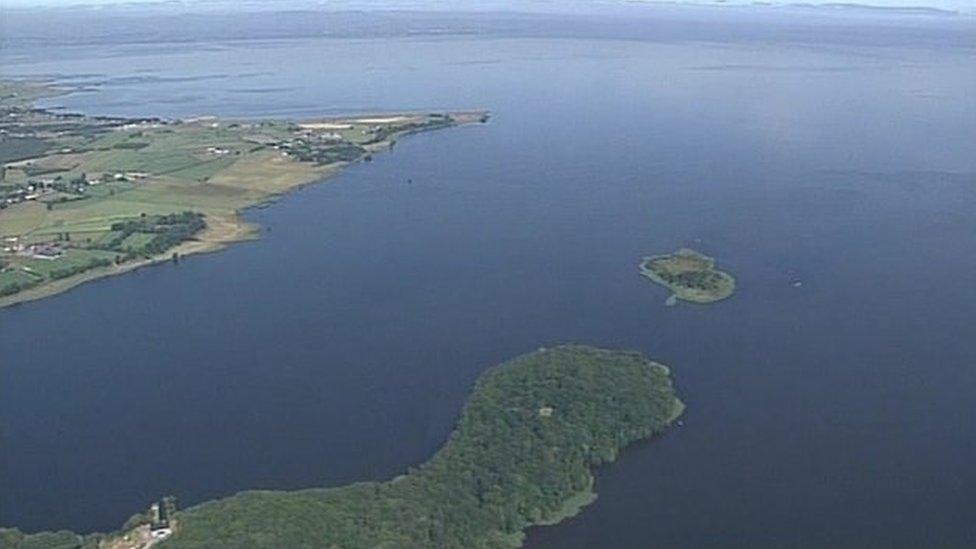Lough Neagh: Sand dredging 'should continue'
- Published
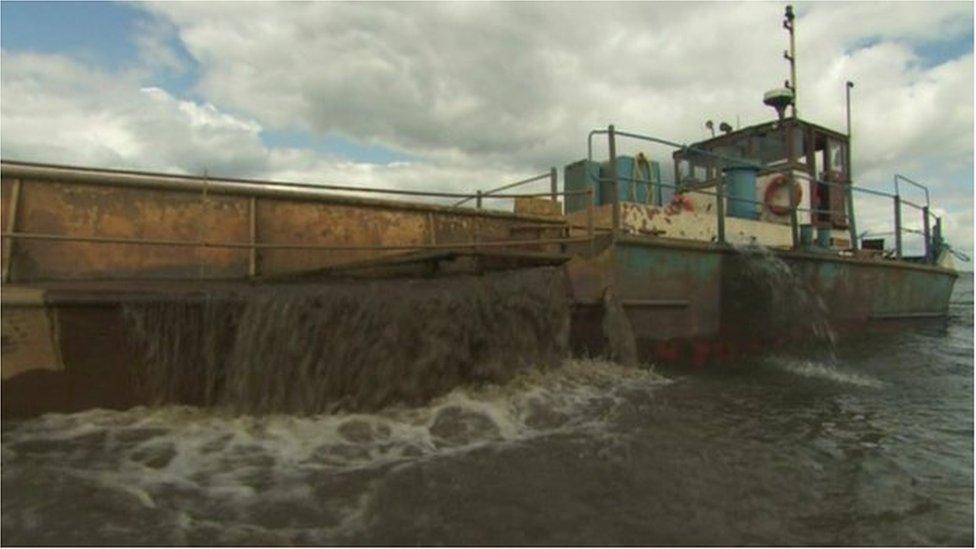
Sand is dredged onto boats from the bottom of Lough Neagh
Sand dredging should be allowed to continue at an internationally important protected site, the Department for Infrastructure has been told.
There has been a four-year legal wrangle over the controversial practice on Lough Neagh.
It has been going on for decades without planning permission.
Environmentalists suggested it could be damaging and should be stopped.
However, after taking evidence at a public inquiry, the Planning Appeals Commission has recommended that it be allowed to continue.
The decision on whether to endorse that opinion and grant planning permission now rests with the department.
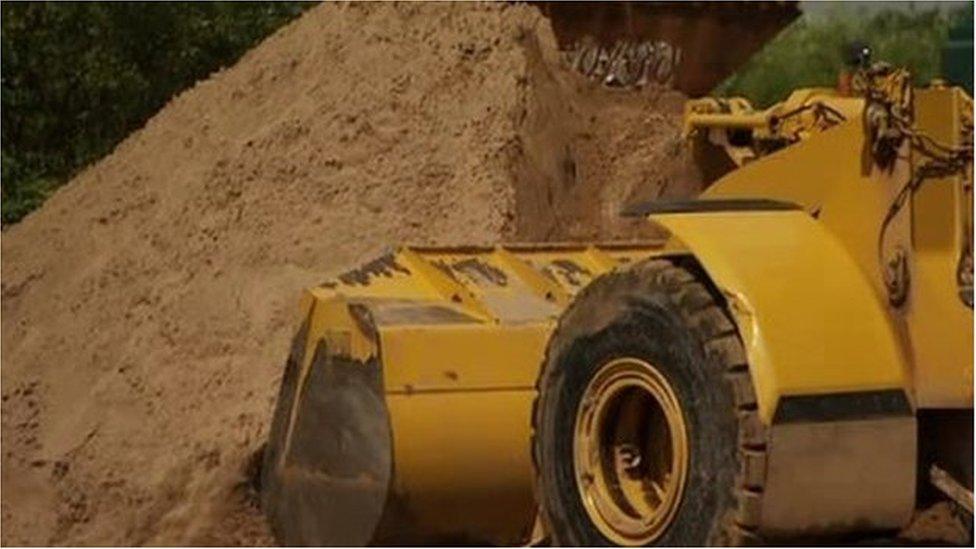
The sand is used to supply the construction industry
If it decides not to, the sand companies will have a year to wind up their operation on the lough.
Permission had been sought to take 1.5m tonnes of sand a year from the bed of Lough Neagh for the next 15 years.
Environmental concerns
The lough is an internationally important site for breeding and migrating birds and is protected under a number of international designations.
But the officials told the inquiry that after assessments, they were content that future dredging would not "adversely affect" the lough.

Evidence suggested more than 160 jobs, £5.2m a year in wages
The economics of sand extraction also formed part of the PAC's decision.
Lough Neagh sand accounts for at least 30% of domestic consumption and is heavily relied on by a growing construction sector.
Commissioner Andy Spiers said the evidence suggested more than 160 jobs, £5.2m a year in wages, and £15m in tax revenue would be lost if it were stopped.
If planning approval is granted, extraction will be limited to a small box of 3.5km sq in the north west of the lough - around 1% of the total surface area.
Ecological breakdown
Friends of the Earth, which led the campaign to stop the dredging, said it would be watching the Department of Infrastructure's response carefully.
"The world is facing ecological breakdown, Lough Neagh is facing ecological breakdown, and we can no longer allow economic interests to override the interests of the environment," said FoE director James Orr.
- Published5 June 2017
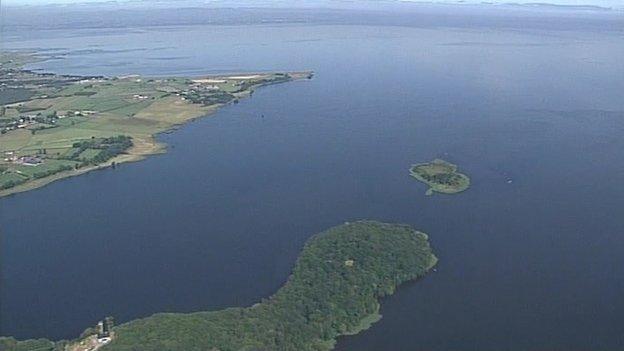
- Published31 May 2017

- Published23 September 2015
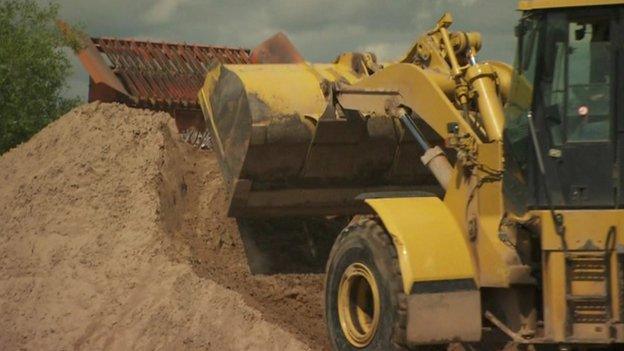
- Published7 July 2015

- Published28 June 2017
